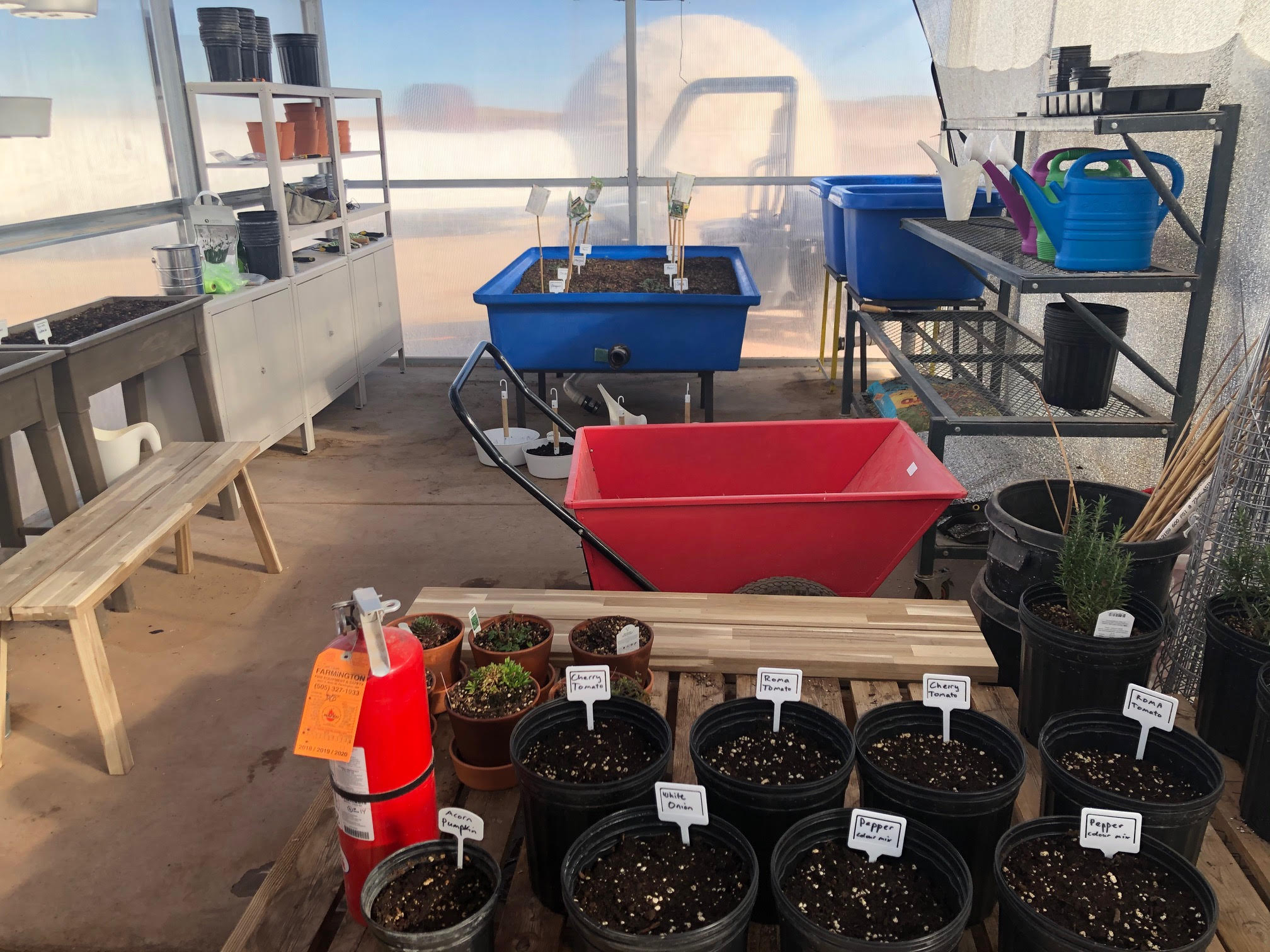Crew 215 Operations Report 17-Nov-2019
SOL: 7
Name of person filing report: Shane Usher
Non-nominal systems: N/A
Notes on non-nominal systems: N/A
Generator: run
Hours run: 12h
From what time last night: 1910
To what time this morning: 0710
List any additional daytime hours when the generator was run: N/A
Solar— SOC % (Before the generator is run at night): 72%
Diesel Reading – 48%
Station Propane Reading – 69%
Ethanol Free Gasoline: N/A
Water (loft tank) (gal): 47
Water Meter (units): 1458472
Water (static tank) (gal): 354
Static to Loft Pump used – yes
Water in Green Hab (gal): 250.7
Water in Science Dome (gal): 0
Toilet tank emptied: no
Deimos rover used: no
Hours: –
Beginning charge: –
Ending charge: –
Currently charging: –
Sojourner rover used: Assigned to Director
Hours: –
Beginning charge: –
Ending charge: –
Currently charging: –
Spirit rover used: no
Hours: 111.2
Beginning charge: (Before EVA): 100%
Ending charge: (On return from EVA, before recharging): 100%
Currently charging: yes
Opportunity rover used: no
Hours: 66.5
Beginning charge: 100%
Ending charge: 100%
Currently charging: yes
Curiosity rover used: no
Hours: 117.1
Beginning charge: (Before EVA) : 100%
Ending charge: (On return from EVA, before charging): 100%
Currently charging: yes
Notes on rovers: N/A
ATV’s Used: (Honda, 300, 350.1, 350.2, 350.3): no
Reason for use: N/A
Oil Added? no
ATV Fuel Used (gal): 0
# Hours the ATVs were used today: 0
Notes on ATVs: Assigned to the director
HabCar used and why, where? With Director
CrewCar used and why, where? At Grand Junction awaiting Crew 216
General notes and comments: N/A
Summary of internet: Functional
Summary of suits and radios: Radios switched from CH9&12 to 19&22.
Summary of Hab operations: N/A
Summary of GreenHab operations: Atmospheric equalization to the green hab carried out
during the afternoon, plants were watered (8L,2.3 gal). Door closed at 5pm.
Summary of Science Dome operations: N/A
Summary of RAM operations: Nominal
Summary of any observatory issues: Nominal
Summary of health and safety issues: Crew in good health.
Questions, concerns and requests to Mission Support: N/A



You must be logged in to post a comment.